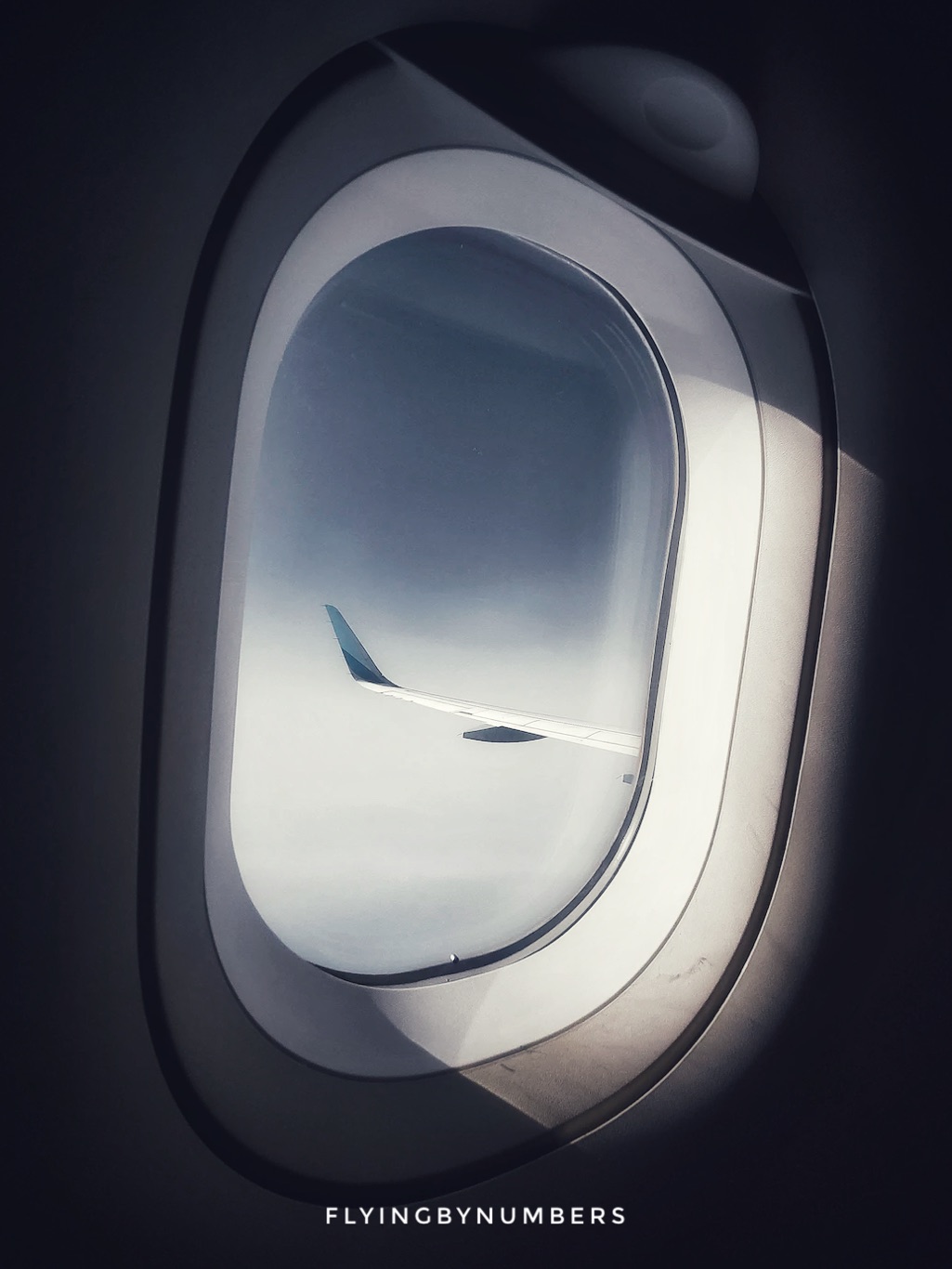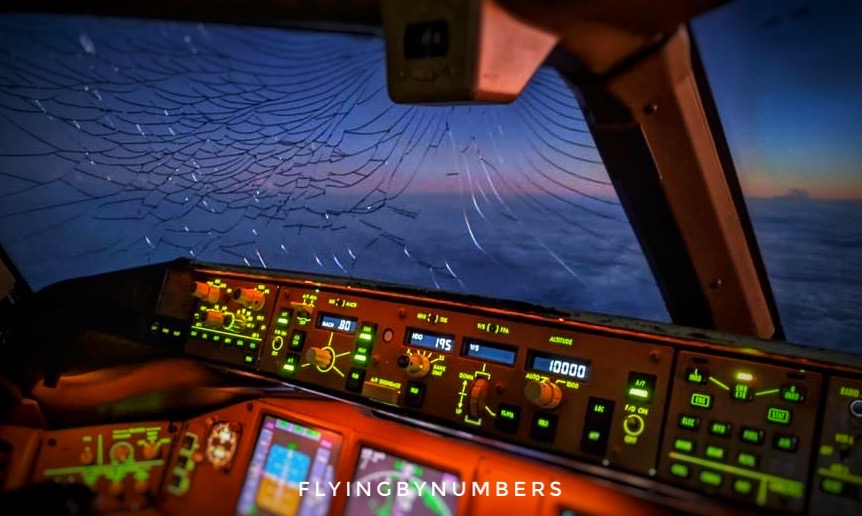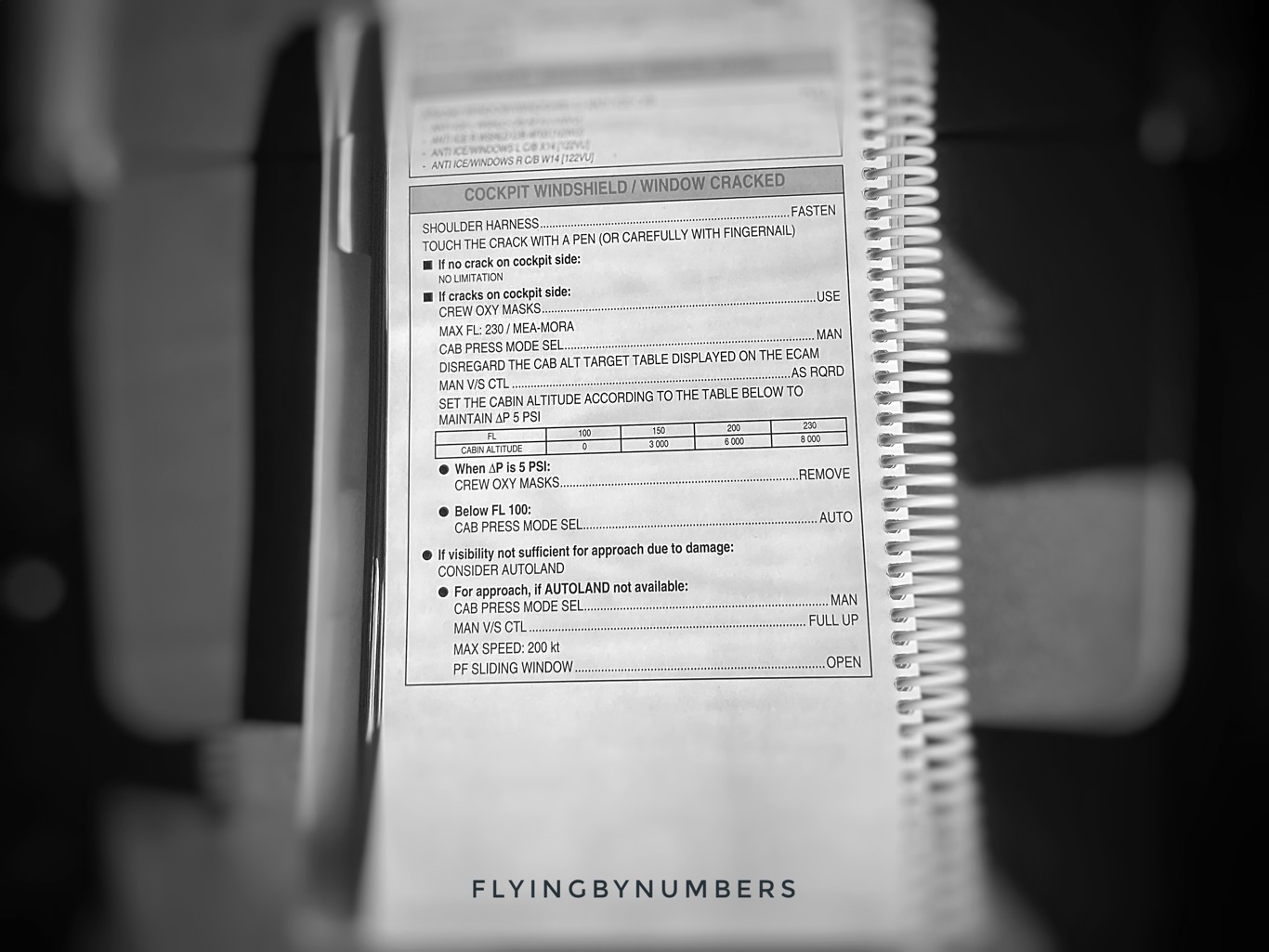If you’ve ever wondered what would happen if an airplane window broke — dramatic movie-style suction or slight increase in noise — you’re in the right place!
In this blog post, we’ll continue on our journey through the realities behind dramatic situations and look at what happens when things go spectacularly wrong. Can, you even break an airplane window?
While exceptionally rare. It turns out you can — ask the British Airways pilot who survived being sucked out mid-flight!
We’ll take an informed look at the consequences of a broken window on a plane in mid-flight:
- Just how difficult is it to break an airplane window?
- What are the immediate physical effects for anyone in the cabin?
- What are the flight attendants trained to do?
- Do the pilots have a checklist or set procedure for broken windows?
So, from pressurisation drops and fog in the cabin, to oxygen masks and potentially being sucked outside, here’s an overview of what happens if a window breaks mid-flight.
I think I can see a crack / the window has fallen out onto the seat!
Let’s start this article with some reassurance. Incidents are high-profile for a reason, airplane windows breaking are exceptionally rare.
What is far more common is the interior layer of Perspex — designed to provide a layer of insulation and keep passengers away from the cold, toughened glass — can come loose or get scratched.
Both our experts, Captain Josh and FA Alissa, have had previous flights where this has occurred.
What if the window looks cracked or scratched? It’s almost certainly the initial layer that is scratched. In fact, this layer is actually called a scratch pane, and is designed for precisely that reason.

So, if the thin layer of plastic covering the window falls out, don’t panic! Do let the onboard team know, as it will need to be fixed by engineering, but this thin plastic layer has nothing to do with the structural integrity of the window!
How strong are airplane windows?
Cabin windows
The cabin windows on commercial airplanes are made with multiple layers of acrylic glass. The outer pane is about 10 mm thick, while the inner pane is thinner at around 5-10 mm.
Both layers of an aircraft window are structural, so there are two layers of redundancy. What this means is that even if the outermost layer of an airplane window is totally removed, even at the highest cruising altitude — where the pressure differential is the highest — the inner pane can take the stress.
Flight deck windows
The forward facing windows in the flight deck are even stronger than their counterparts in the cabin. Cockpit windows are triple layered, with each layer strong enough to withstand the maximum force on their own.

There are three key reasons for this.
- The forward facing windows are bigger, and are subjected to more stress
- The obvious one — they are required by the pilots and are crucial to landing the plane safely!
- As part of initial design testing, cockpit windows have to be able to withstand impact from birds
What happens if an airplane window breaks?
It is reassuring to know that virtually all aircraft windows are reinforced and duplicated, so the first answer is — absolutely nothing will happen! However, if all the layers of polycarbonate totally fail, the results can be quite dramatic.
There are a few things that can happen:
There is no escaping it, as a passenger, the experience is likely to be a very uncomfortable assault on the senses. A rapid loss in pressurisation will likely cause short-term pain in sinuses, tremendous noise, cold and potentially fog, obscuring vision.
However, while uncomfortable, it is still a safe situation. Passengers should remember to always attach their oxygen masks whenever they drop, and follow the instructions of the crew.
What will the flight attendants do?
Like all emergencies, flight attendants are well-trained and will have a series of airline specific procedures that they will perform if a window breaks.
These typically involve:
Window fail checklist: What do pilots do when a window breaks?
Pilots are trained to deal with numerous emergencies, including window failures.
Here’s a copy of a real checklist — from an Airbus aircraft — displaying what they would do if they had a cockpit window failure in flight:

Checklist walkthrough
If the window damage has made it through to the inner layer:
Summary
In the event of a window failure, it is important to remain calm and follow the onboard crew’s instructions. Events are exceptionally rare, and because aircraft windows have two or even three layers of redundancy, the majority of broken windows on board aircraft will not be structural. Total window failures are almost unheard of.
However, in the extremely unlikely event that an aircraft window totally breaks, hopefully this article has provided reassurance. It is critical to keep in mind that while the cabin may lose air pressure, and it may get cold, the airplane will not fall out of the sky or break into pieces!
By following the normal instructions, such as keeping your seatbelt fastened, and placing your mask on before others — as advised on the initial Captain’s PA — passengers will remain protected.
The bottom line
Whilst an unpleasant situation, the oxygen masks are there to provide you with the oxygen you need in the event of a sudden loss of cabin pressure. Pilots and flight attendants are well-trained to deal with this emergency, and will descend the aircraft to perform an emergency landing.






